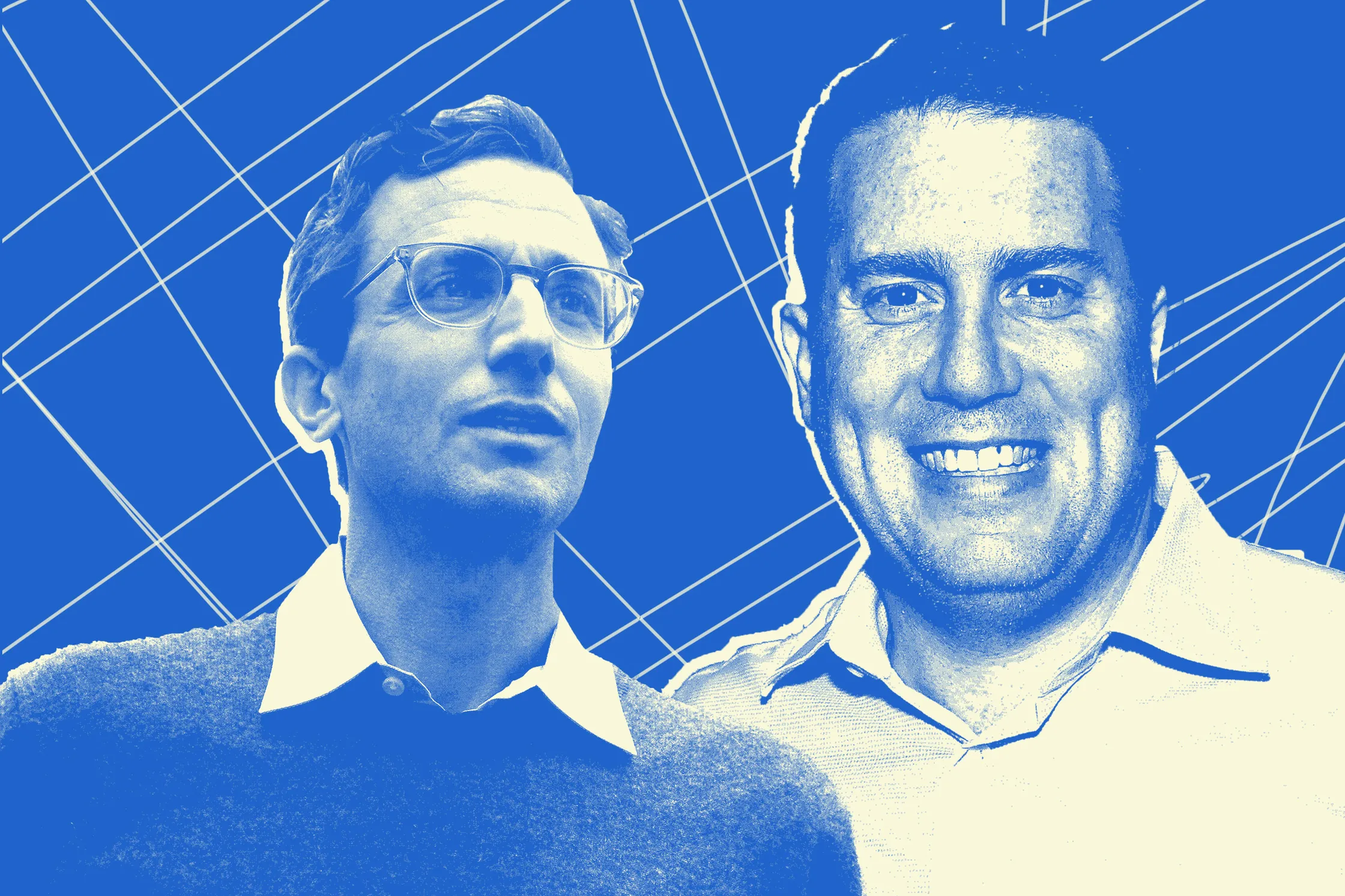Physical Address
304 North Cardinal St.
Dorchester Center, MA 02124
Physical Address
304 North Cardinal St.
Dorchester Center, MA 02124

In an era when internet culture began to shape—and sometimes warp—our perception of news, two digital media pioneers, Gawker and BuzzFeed, mastered a curious formula: transforming the mundane, the absurd, or the career-making into meme-fueled headlines.
Founded in 2002 by Nick Denton and Elizabeth Spiers, Gawker carved a niche for its sharp, media-savvy, often snarky tone. It went deep on celebrity gossip and the inner workings of the media elite—publishing leaks, scoops, and insider opinions. By delivering these stories with bold personality, Gawker turned gossip into a narrative juggernaut that often felt more entertaining than traditional news.Wikipedia
BuzzFeed, launched in 2006 by Jonah Peretti and John S. Johnson III, took a different tack. Its DNA was built around virality—employing algorithms like BuzzBot to spot what people would click on next. Listicles, quizzes, GIFs, and “curiosity gap” headlines (think: “You’ll Never Believe What Happened Next”) became its signature style. The goal was crystal clear: stir emotion or curiosity, and fuel that sharing machine.Wikipedia
The magic (and peril) of both platforms lay in their ability to treat reality as raw meme material. Serious topics escaped their original context, gaining new lives as shareable, bite-sized, emotionally charged headlines. Whether mocking politics, amplifying pop trends, or lampooning celebrity moments, Gawker and BuzzFeed leaned heavily into a viral-first mindset, forever reshaping how we digest media.
Ben Smith, founding editor of BuzzFeed News, dives deep into this phenomenon in his book Traffic: Genius, Rivalry and Delusion in the Billion-Dollar Race to Go Viral. He argues that while Gawker and BuzzFeed democratized content distribution, they also paved the way for radical ideologies to weaponize virality—ultimately intertwined across the political spectrum. He reveals how figures like Steve Bannon and Baked Alaska sprang from those ecosystems, demonstrating the unintended consequences of viral media.WIREDWikipedia+2Wikipedia+2
Smith pulls no punches: “Live by the dashboard, die by the dashboard.” The fleeting glory of viral hits—like BuzzFeed’s “The Dress”—exposed the precariousness of relying on social platforms for traffic. When platforms changed algorithms, fortunes evaporated.WIRED
Gawker and BuzzFeed taught us how to meme our minds—but in doing so, they also blurred the lines between shock and substance, comedy and commentary. As media evolves, understanding this legacy is crucial: virality may give us momentum, but it shouldn’t define the message.